Japan Economy in Recession: Discover the latest insights into Japan’s economic downturn with our article, highlighting five pivotal indicators signaling recession.
Introduction: Japan’s Economy in Recession
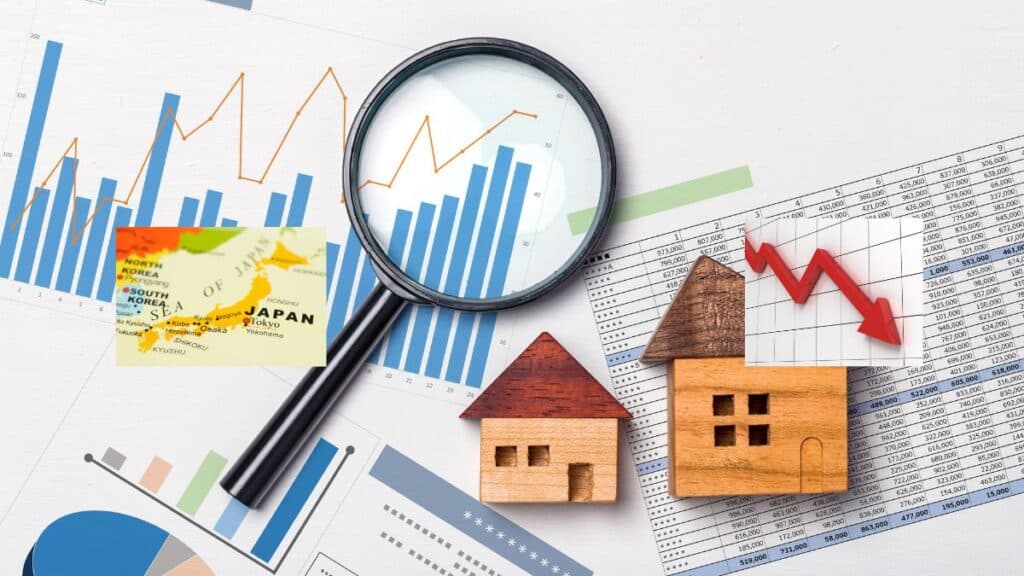
From GDP contractions and anemic domestic demand to policy dilemmas and external dependency, delve into the complexities facing Japan’s economic recovery efforts. Stay informed about the challenges and opportunities shaping Japan’s economic landscape.
Signals in Japan’s Economy
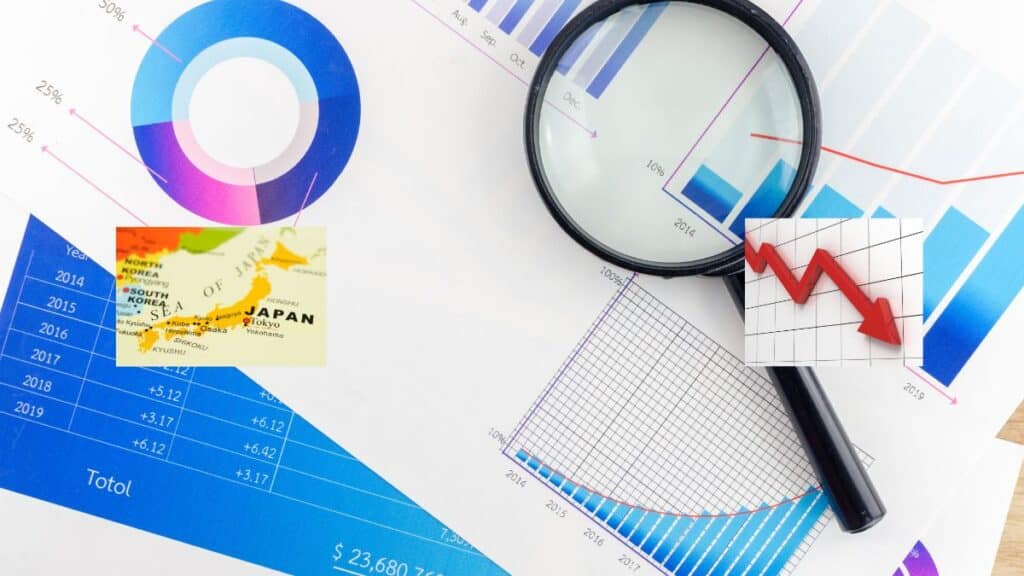
Japan’s economic landscape is facing significant challenges as recent data reveals unexpected contractions, casting doubt on the nation’s path to recovery. Here are five key indicators highlighting the recessionary pressures on Japan’s economy:
GDP Contraction
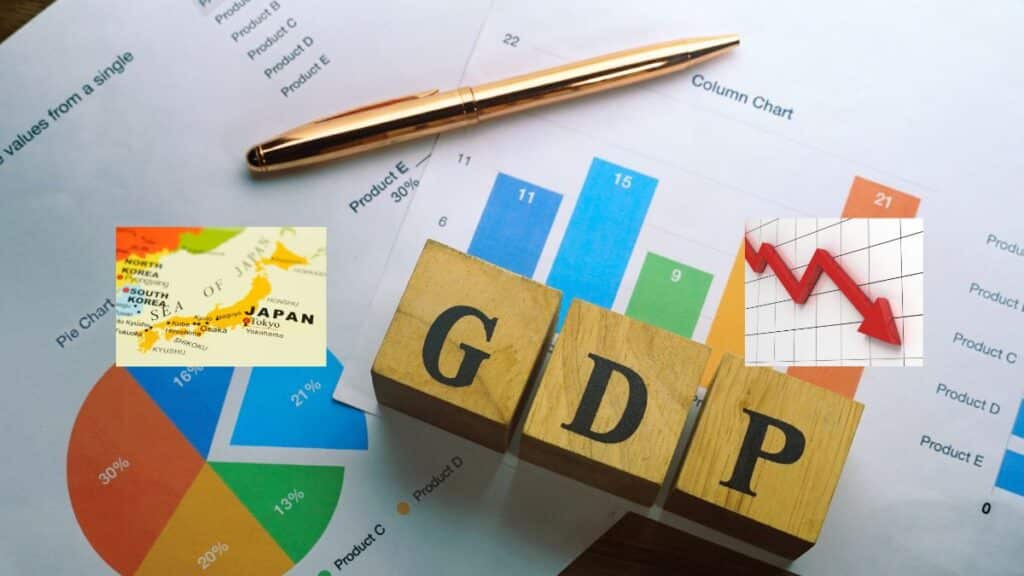
The latest report from the Cabinet Office reveals that Japan’s gross domestic product (GDP) contracted at an annualized pace of 0.4% in the final quarter of the previous year, marking a second consecutive quarter of decline. This unexpected downturn underscores the fragility of Japan’s economic recovery efforts.
Anemic Domestic Demand

Both households and businesses have been cutting spending for a third straight quarter, reflecting anemic domestic demand. With private consumption retracting by 0.2% and household spending experiencing a 10th consecutive month of declines, the domestic market’s weakness is exacerbating the economic slowdown.
BOJ’s Policy Dilemma
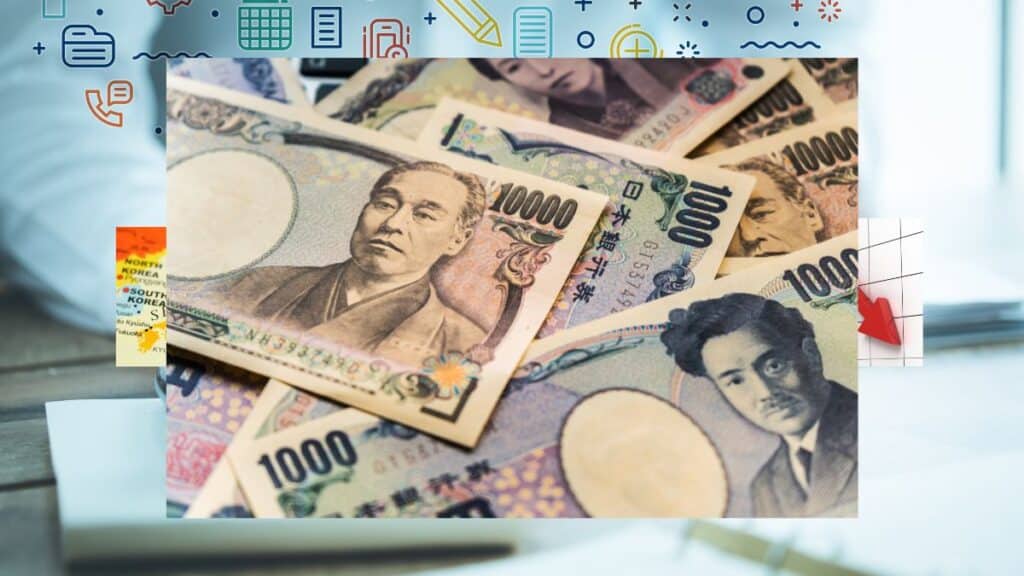
The unexpected GDP contraction complicates the Bank of Japan’s (BOJ) plan to exit its negative interest rate policy. Despite earlier signals indicating a potential rate hike by April, the BOJ now faces increased uncertainty, with market expectations for a hike diminishing. This dilemma highlights the challenges in balancing economic stimulus with the need for policy normalization.
Sticky Inflation and Weak Consumption
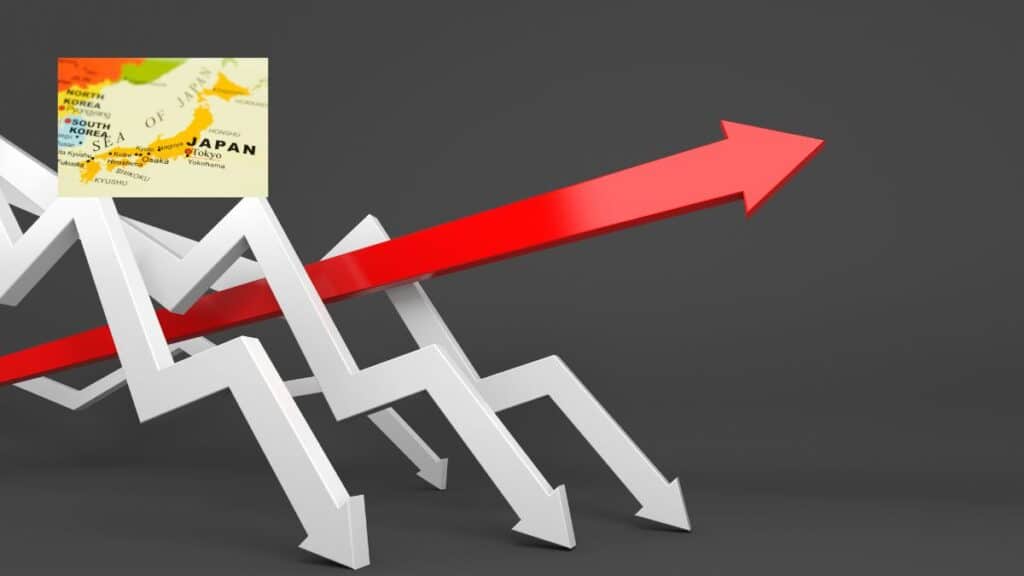
Rising costs of living coupled with stagnant wage growth have eroded consumers’ purchasing power, leading to weak consumption patterns. Persistent inflationary pressures, particularly in essential goods and services, are squeezing household budgets, contributing to the subdued consumer sentiment.
External Demand Dependency
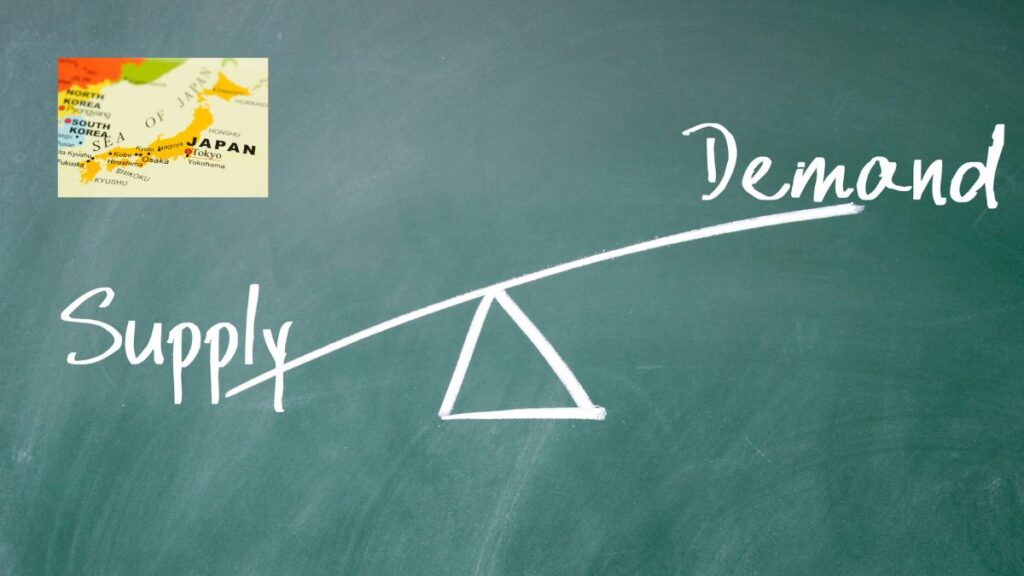
While net exports contributed positively to growth, Japan’s reliance on external demand as a driver of economic expansion poses risks amid global uncertainties. With key trading partners experiencing slowdowns in economic growth, Japan’s export-led recovery strategy may face headwinds in the coming months, further dampening prospects for economic recovery.
Q & A
Why is Japan in recession?
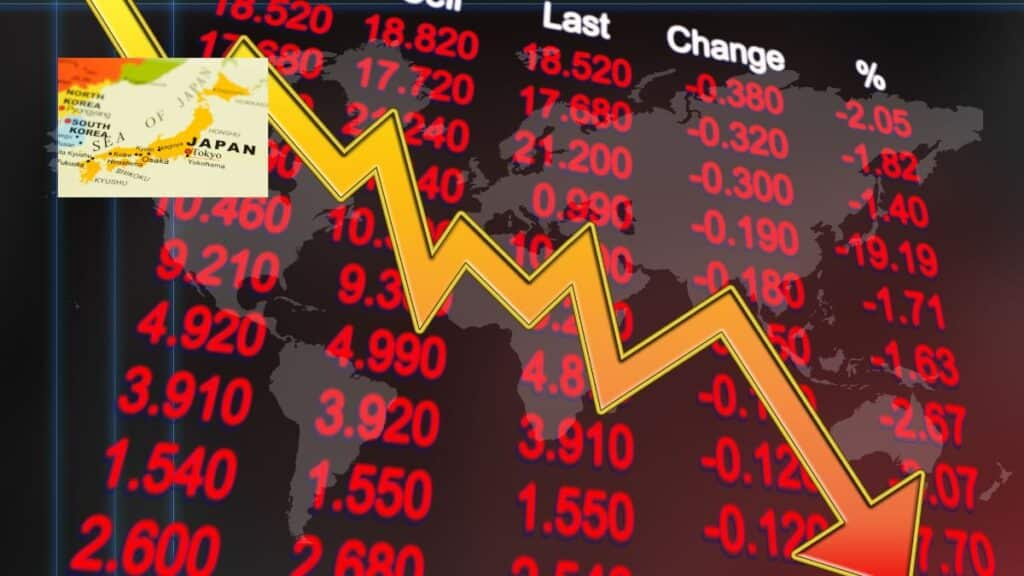
Japan’s economy unexpectedly contracted due to sluggish domestic consumption, resulting in a recession and leading to its displacement from the position of the world’s third-largest economy, now occupied by Germany.
Why was Japan so economically successful?
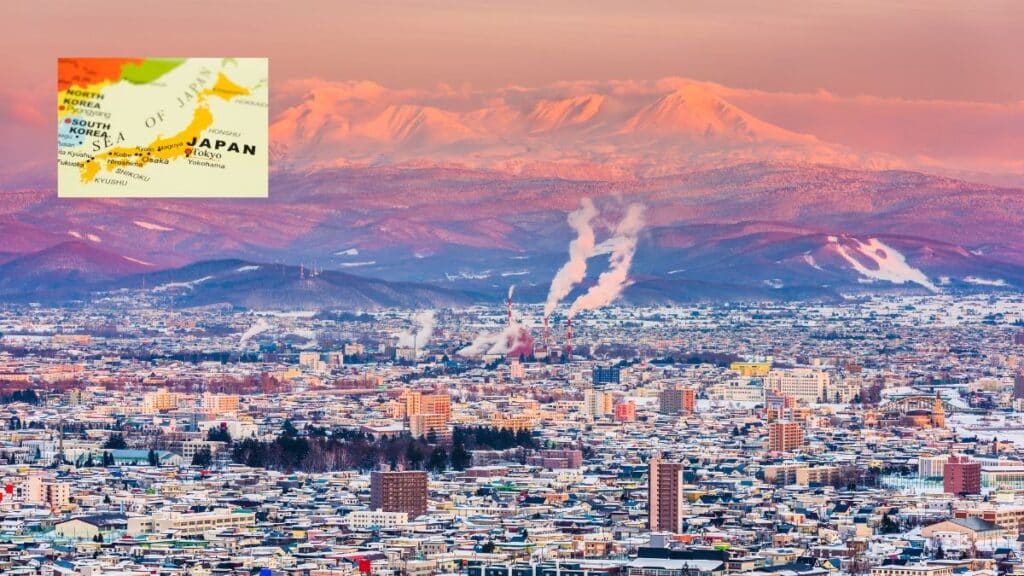
Japan’s remarkable economic success can be attributed to several key factors. Firstly, the nation boasts a diverse range of industrial outputs, spanning various sectors, which has enabled it to capture a significant share of global markets. Additionally, Japan has strategically shifted its focus towards producing goods with relatively high value-added, allowing it to command premium prices and generate substantial revenues.
Moreover, Japan’s export competitiveness on the international stage has played a pivotal role in its economic prowess. The country’s industries have consistently demonstrated efficiency, innovation, and quality, making Japanese products highly sought after worldwide.
Is Japan currently in debt?
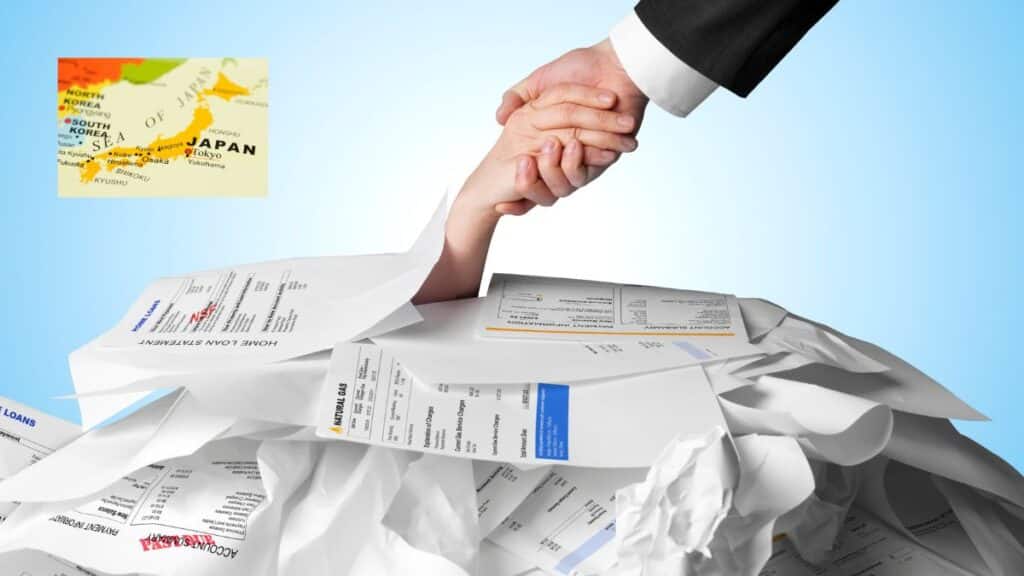
For over twenty years, Japan has sustained a national debt surpassing 100% of its GDP. As of the second quarter of 2022, Japan’s debt-to-GDP ratio stood at a staggering 226%, reflecting its ability to manage an exceptionally high level of debt over an extended period.
Conclusion: Japan Economy
In conclusion, Japan’s economy is grappling with multiple challenges, ranging from weak domestic demand and policy uncertainties to external economic headwinds. Addressing these issues will require coordinated efforts from policymakers to stimulate domestic consumption, enhance productivity, and navigate the evolving global economic landscape. As Japan seeks to revitalize its economy, monitoring these key indicators will be crucial in assessing its trajectory and resilience in the face of ongoing challenges.



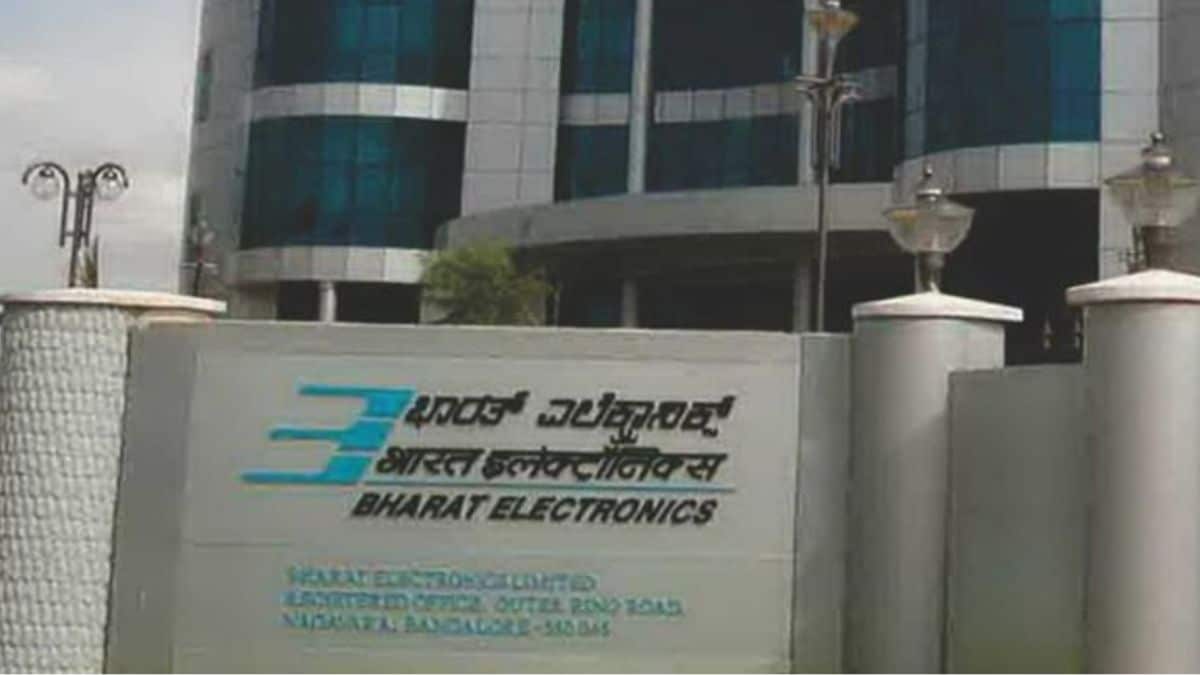
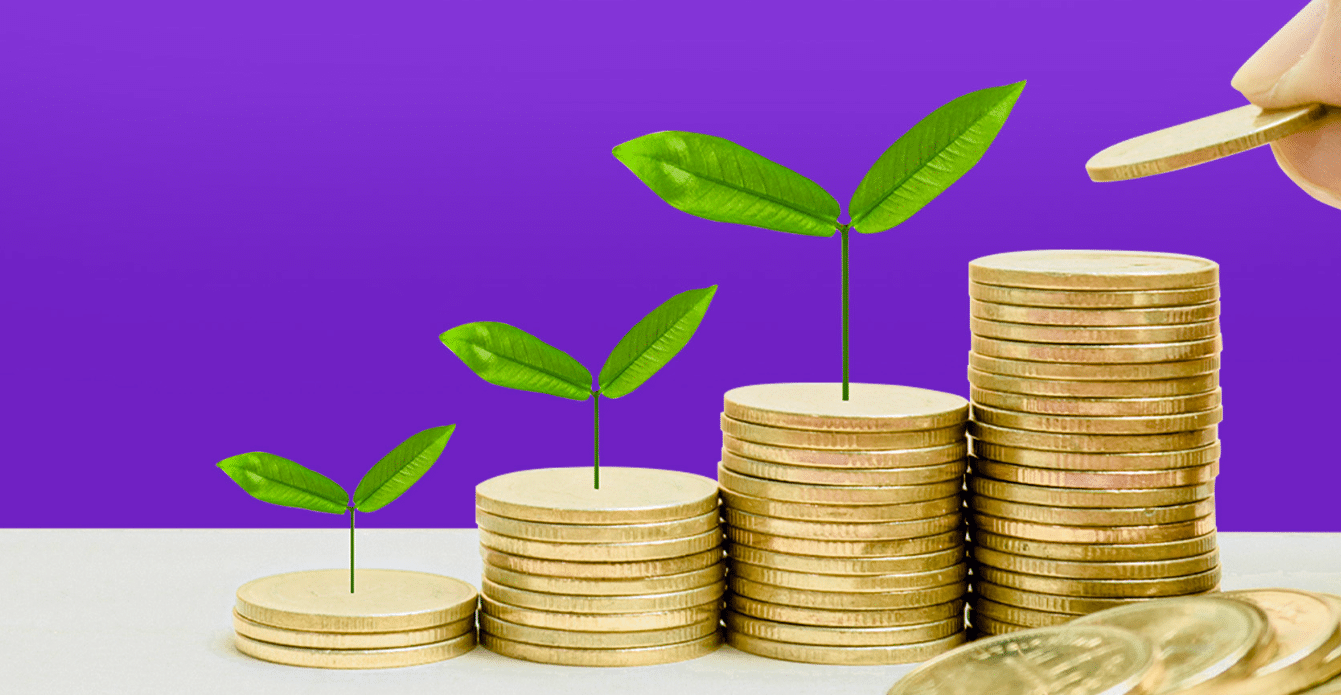
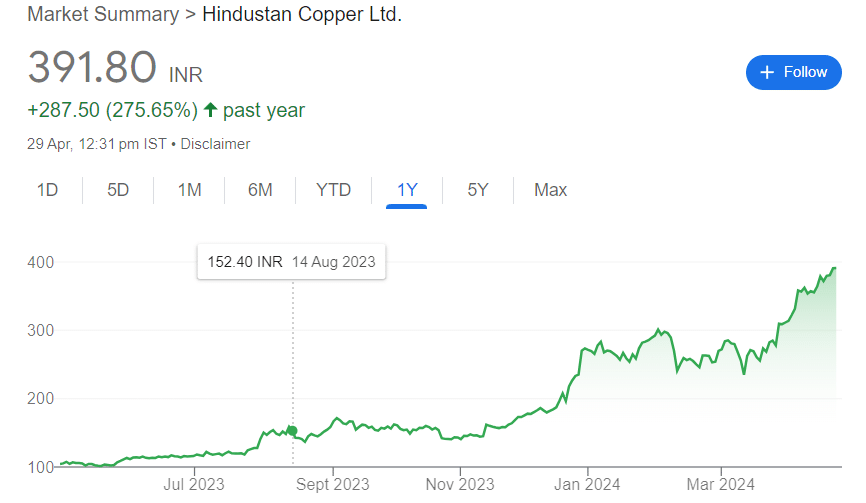

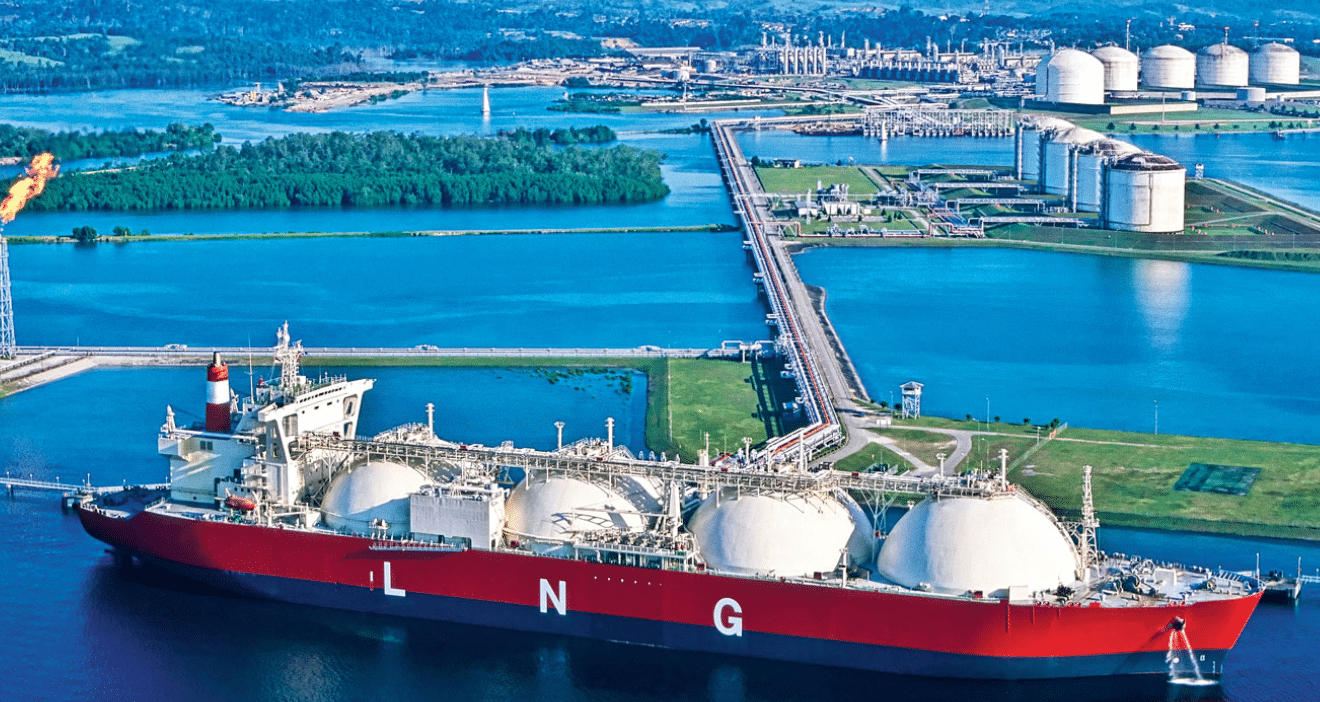



2 thoughts on “Japan Economy: 5 Signs Indicating Recession Of Japan’s Economy”
Comments are closed.